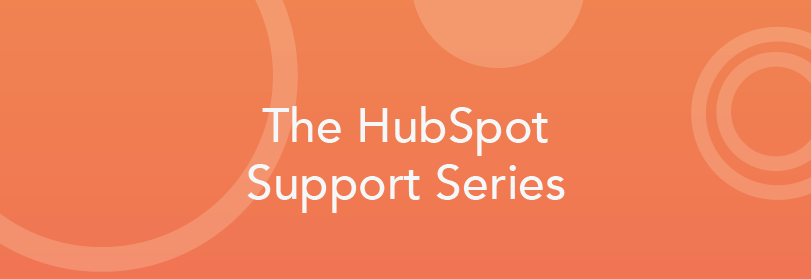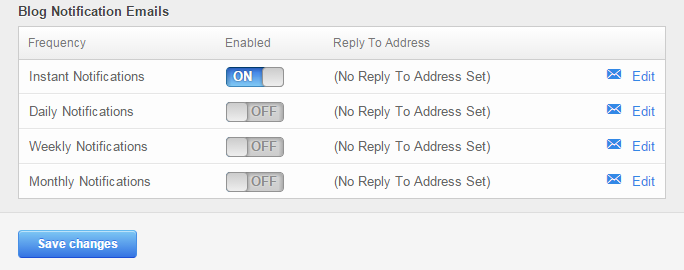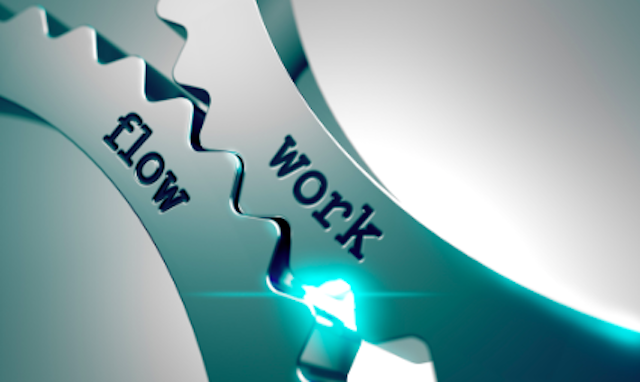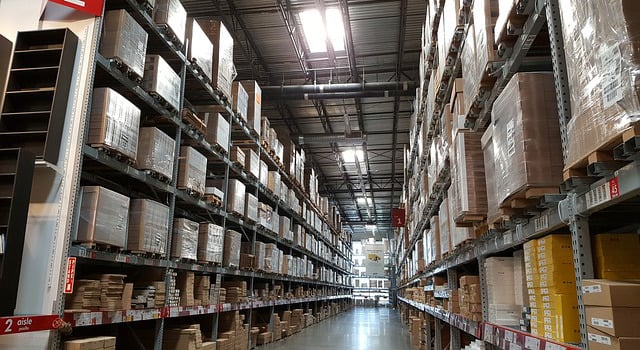Blog notification emails are a great way to keep your contacts engaged and drive traffic to your site. They are also a great resource for your subscribers, letting them know when new content they are interested in is available. If you're spending time blogging, blog notification emails will make sure you're time creating content is time well spent.

However, if you haven't yet set up blog notification emails in your HubSpot account, or they happen to be set up incorrectly, you and your contacts are missing out on these benefits. If you want to double-check your blog notification email setup, or you've been blogging and are ready to set them up for the first time, read on!
Getting Started
The main focus of any email is the content, but there are other aspects of every email that are necessary to complete the sending process, which are:
- When is the email being sent?
- Who is the email being sent to?
- Who is sending the email?
Blog notification emails are no different. Without each of these components they cannot be sent. Unlike other emails, though, blog notification emails take place entirely in the background, so their setup is slightly different and therefore worth double-checking. Fortunately, this also means that once they are running correctly, you can let them run in the background without much need to check up on them. Awesome!
Let's walk through the three steps to setting up and managing your blog notifications emails.
#1. Choose a time to send your notifications
The first step in the process is figure out when contacts should be notified of new blog posts. You can see the notification options shown below by navigating to Content Settings and clicking on Blog and then Subscriptions. Instant notifications are sent whenever a new post is published, Daily notifications are sent every day, and so forth.

My recommendation is to keep it simple and use only Instant notifications. This way, when you publish a new post your subscribers know about it right away and can read it at their earliest convenience. Depending on your industry and frequency of posting (if you publish 20 times per day, for example), instant notifications might not be the right choice. We offer all four options because HubSpot is a versatile product that is used to market to a wide variety of people. You know your situation and subscribers best, and should chose the notification strategy you think is right for them.
#2. Confirm the contact list for the notifications
Before turning notifications on you want to be sure of who the email will be sent to. If you already turned it on before getting to this part, do not worry. Remember: there is a 15 minute grace period before any notifications will be sent out, so you can simply turn the notifications back off.
In order to see who the blog notification email will be sent to, click the blue Edit link next to the notification as shown below. This will open a familiar email app view of the blog notification email. By clicking on the "Sending" tab and then the blue View mailing list link, you can see the Smart List of contacts this email will send to.

If you click on Edit criteria you can see that, by default, this list contains contacts that have the blog subscription property set to the time frame of the email you are editing. There is a list for each of the possible notification times and blogs in the portal.

This blog subscription property is generally set from the blog subscription module. It is important to make sure the notification frequency is being set in this form, or contacts filling it out will not be added to the list.
I recommend adding the frequency as an invisible field as shoswn below that automatically sets contacts filling it out as instant subscribers. This way, all your blog subscribers are in one place and receiving the same notification email, keeping your blog notifications streamlined.

If you have a list of contacts that you wanted subscribed to your blog, but they do not have the correct blog subscription property set, there is a workaround. You can edit the criteria of these subscriber lists to include more contacts. Just be sure not to remove the original list criteria.
#3. Choose a sender for the notifications
Finally, like all emails, blog notification emails need to come from someone, or else they will not be sent. In addition to enabling your email to send this, using personalization can help strengthen your relationship with your readers by enabling subscribers to associate the emails with a person they can relate to and giving them a point of contact through the email address if they want it.
You can set the From Name and From Email Address by navigating back to the content tab of the Email App and make sure a From Name and From Email Address are set.
Once these three steps have been taken, your blog notification emails are all set up and ready to go! All that is left to do is turn on the Notification Email with the Frequencies you want on in Content Settings. After that is done, these notification emails will go out to the Subscriber list at the specified time.
Do you have any other questions about blog notification emails? Let us know in the comments!










